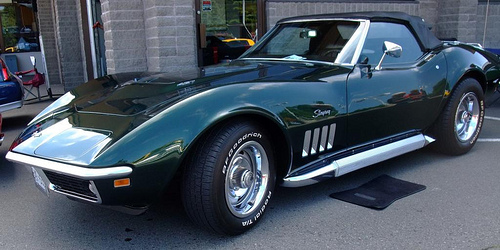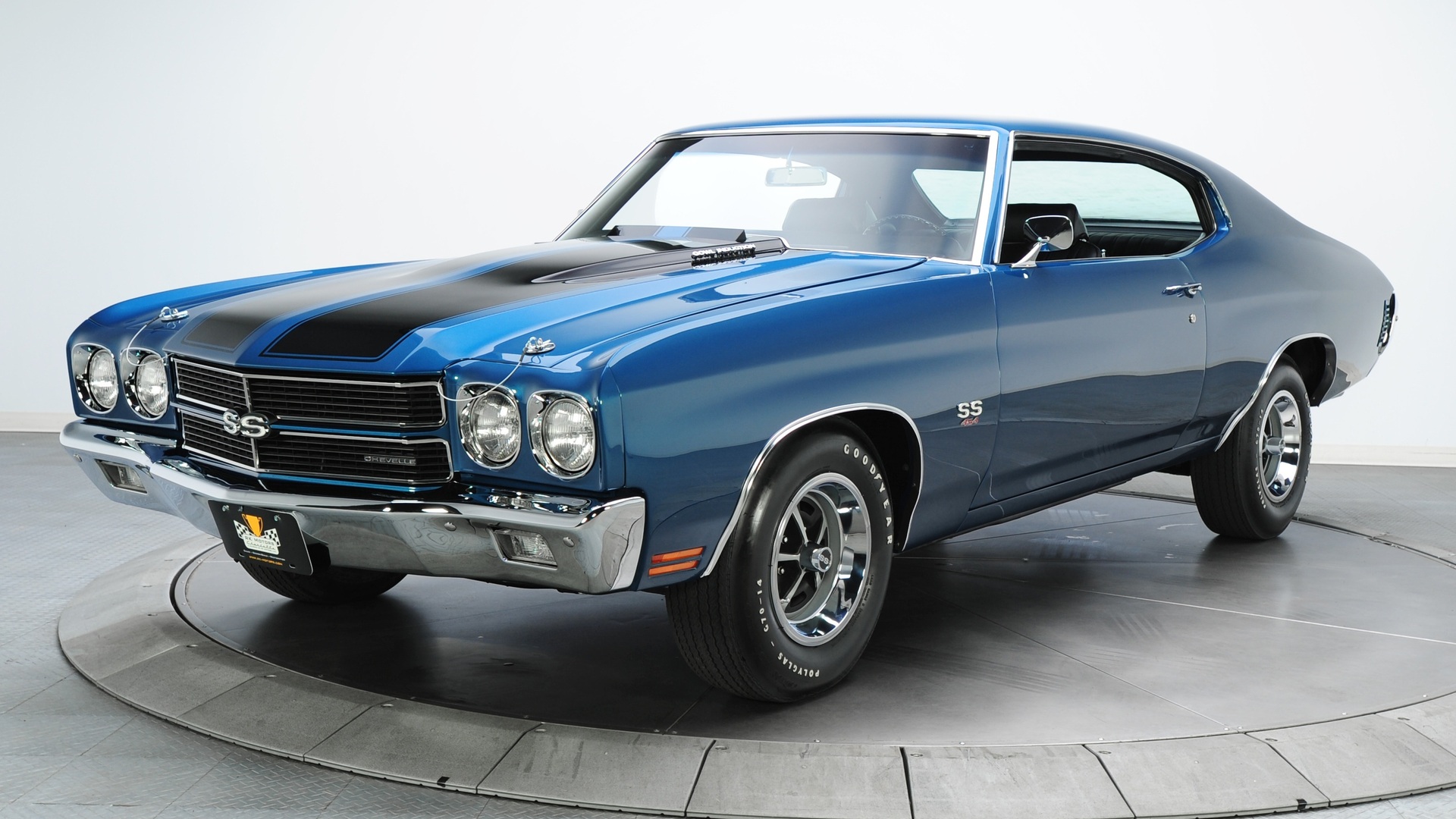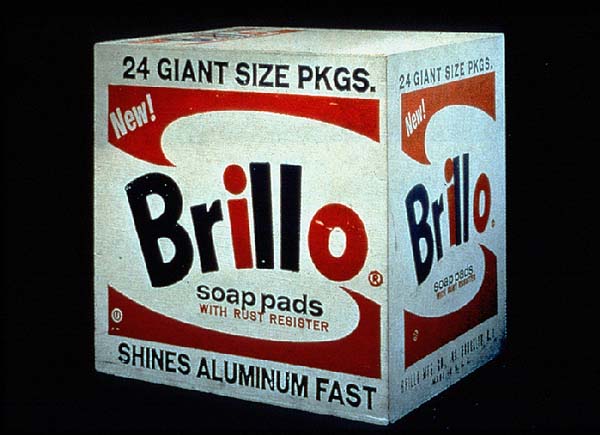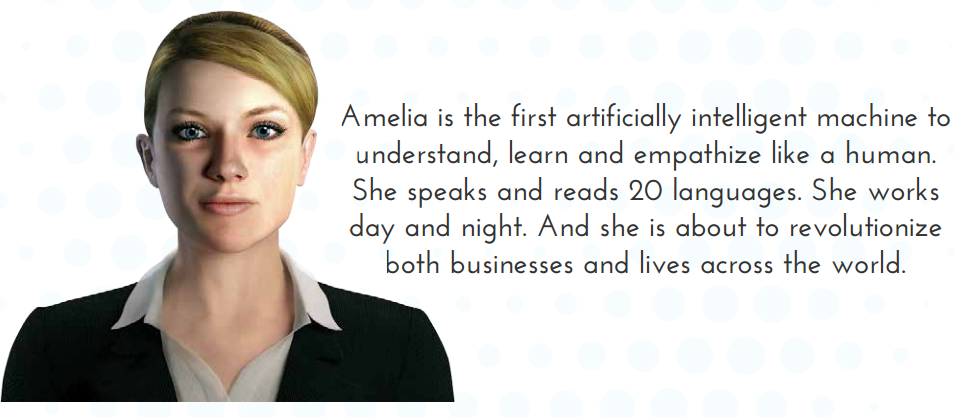GUEST POST: American Muscle Cars, Ranked
Editor's Note: Today, in a very special event on the Steve Boese blog, we present (another) very, very rare guest post.
Today's post is from none other than the star of stage and screen William Tincup, HCM industry thought leader. Prior to immersing himself in the world of HR and HR Tech, William piloted fighter jets with the Navy, and allegedly had an encounter with a Russian MiG in disputed airspace in the South Pacific. Later, William went on to graduate from the prestigious Naval Aviator's academy in Southern California, where he also gained notice with his singing and volleyball playing ability.
William has always had that proverbial 'need to speed', so today we present this take on a very, very important topic: American muscle cars.
Enjoy!
Classic American Muscle Cars, Ranked
By William Tincup
Notice the word classic. So, if you're pissed that your 2017 Corvette Z isn't listed, well, this list isn't for you. Similar but different, this list will not rank Jaguars or Lamborghini’s, etc. By using the words "classic" and "American" the list is really focused on the greatness that was produced here in the 60's and 70’s. Okay, okay. Here we go...
10. 1970 Oldsmobile 442 W30
Speed: 0 to 60 mph: 5.7 secs
Exterior: Sebring Yellow (Black trim)
Interior: Black
Hardtop

09. 1969 Chevrolet Camaro ZL1
Speed: 0 to 60 mph: 5.3 secs
Exterior: Dusk Blue
Interior: Black
Hardtop

08. 1970 Pontiac GTO 455 Judge
Speed: 0 to 60 mph: 6.0 secs
Exterior: Orbit Orange
Interior: Black
Convertible preferred

07. 1969 Dodge Charger 500
Speed: 0 to 60 mph: 5.5 secs
Exterior: Bright Red (white trim)
Interior: Black
Hardtop

06. 1970 Plymouth Cuda 440
Speed: 0 to 60 mph: 5.6 secs
Exterior: In-Violet (Black trim)
Interior: Black
Hardtop

05. 1969 Ford Mustang Boss 429
Speed: 0 to 60 mph: 5.5 secs
Exterior: Candyapple Red
Interior; Black
Hardtop

04. 1968 Chevrolet Corvette 427
Speed: 0 to 60 mph: 6.5 secs
Exterior: British Green
Interior: Tobacco
Convertible preferred

03. 1967 Shelby GT500
Speed: 0 to 60 mph: 4.8 secs
Exterior: Silver Frost (Black trim)
Interior: Black
Hardtop
02. 1967 Pontiac GTO
Speed: 0 to 60 mph: 5.2 secs
Exterior: Signet Gold
Interior: Parchment
Hardtop

01. 1970 Chevrolet Chevelle SS 454
Speed: 0 to 60 mph: 5.3 secs
Exterior: Misty Turquoise
Interior: Ivory
Convertible preferred

Something to think about. In your opinion, when does a typical mid-life crisis occur for men? Pick a range of years. Now, think back to the guys (and gals) that fought in WWII. Would the makers of these classic cars AND buyers of these cherry rides... would they be in that mid-life crisis range? Probably huh. Well, now you know where innovation really comes from.
You can comment if you like, but if you disagree with me, of course you would be wrong.
Steve here - fantastic stuff, William. Love the Chevelle at #1. Also am a big fan of the Cuda. But I would gladly take any of them.
Have a great weekend!

 Steve
Steve


